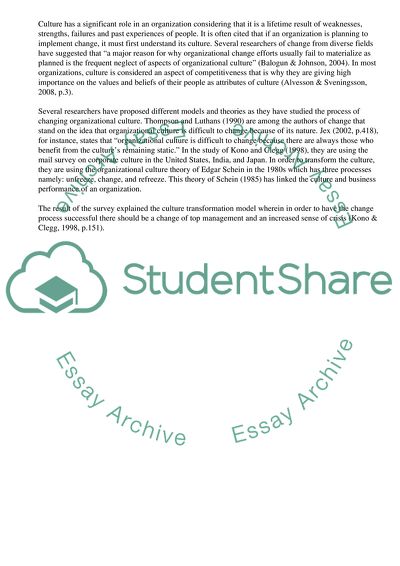Cite this document
(Strategic Management in Hospitality Case Study Example | Topics and Well Written Essays - 2000 words, n.d.)
Strategic Management in Hospitality Case Study Example | Topics and Well Written Essays - 2000 words. Retrieved from https://studentshare.org/management/1746157-strategic-management-in-hospitality-write-a-report
Strategic Management in Hospitality Case Study Example | Topics and Well Written Essays - 2000 words. Retrieved from https://studentshare.org/management/1746157-strategic-management-in-hospitality-write-a-report
(Strategic Management in Hospitality Case Study Example | Topics and Well Written Essays - 2000 Words)
Strategic Management in Hospitality Case Study Example | Topics and Well Written Essays - 2000 Words. https://studentshare.org/management/1746157-strategic-management-in-hospitality-write-a-report.
Strategic Management in Hospitality Case Study Example | Topics and Well Written Essays - 2000 Words. https://studentshare.org/management/1746157-strategic-management-in-hospitality-write-a-report.
“Strategic Management in Hospitality Case Study Example | Topics and Well Written Essays - 2000 Words”, n.d. https://studentshare.org/management/1746157-strategic-management-in-hospitality-write-a-report.


